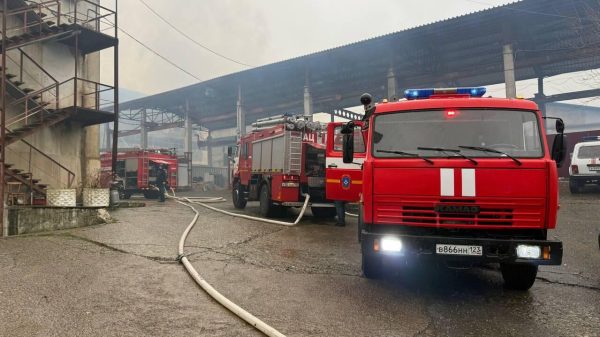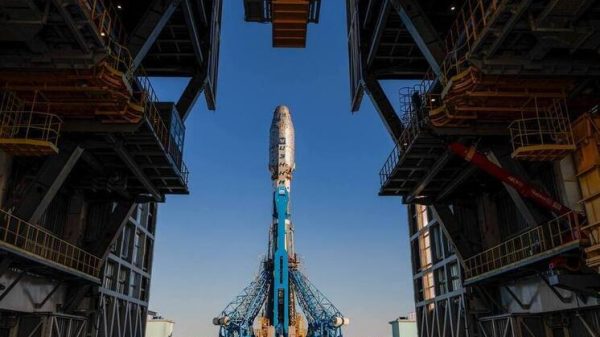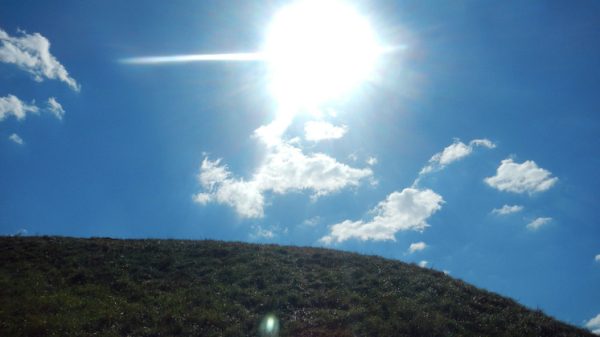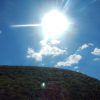“This is absolutely hostile — not for us”
A planet where sand rains occurs was discovered by a NASA telescope. Planet Wasp-107b also experiences scorching temperatures, fierce winds, and the smell of burnt sulfur dioxide matches.

NASA's James Webb Space Telescope, in groundbreaking observations, has discovered a planet on which grains of sand fall as rain, writes The Guardian.
Planet Wasp-107b is located 200 light-years away in the constellation Virgo and has already attracted the attention of astronomers because it is very large but very light, earning it the nickname “cotton candy planet.” The latest observations provide unprecedented insight into a strange and exotic world beyond our solar system, characterized by silicate clouds and rain, scorching temperatures, raging winds and the distinct smell of burnt matches and sulfur dioxide.
“Our knowledge of other planets is based on what we know about Earth,” comments Professor Lin Desin from the Catholic Institute of Leuven and first author of the study. – This is very limited knowledge.
The unusual planet was discovered in 2017 after astronomers noticed a characteristic periodic flicker of light from its host star every time the planet passed in front of it. “It’s like a fly in front of a street lamp,” notes Professor Desin. – You see a slight dimming of the light”.
The Webb Telescope takes these observations to the next level by measuring starlight as it filters through the planet's atmosphere. Because different elements absorb light at different wavelengths, the spectrum of starlight indicates what gases are present.
Planet Wasp-107b is similar in mass to Neptune but nearly the size of Jupiter, and its vast, diffuse nature allows James Webb Telescope to peer deep into its atmosphere.
“It's a great goal because it's really fluffy. They are one of the fluffiest planets in the world, and they are where we can get such powerful signals when we look at their atmosphere, says planetary scientist Dr Joanna Barstow. – We've been working on forecasts for the last 10 years, but nothing prepared us for what we actually see — both to what we learn and to the quality of the data. It was really exciting.”
The latest observations, published in the journal Nature, indicate the presence of water vapor and sulfur dioxide, which give the atmosphere the smell of burnt matches. This is also the first time the chemical composition of clouds on another planet has been identified – in this case silicate sand.
The planet's atmosphere would have something similar to the water cycle on Earth, but instead the sand would change from a solid to a gaseous state. From the hotter lower layers of the atmosphere, with temperatures close to 1000°C, silicate vapor would rise, cool and form microscopic grains of sand, too small to be seen. Eventually, these clouds of sand dust will become dense enough that they will begin to rain back into the lower atmosphere. Below a certain level, the sand turned back into steam, completing the cycle.
“The clouds would look like misty dust,” says Professor Desin. – And these sand particles are moving around at extremely high speeds. Several kilometers per second.
The main purpose of the James Webb Space Telescope is to analyze the atmospheres of distant planets and search for gases with biosignals that could indicate the presence of life. Wasp-107b is not considered a likely candidate given the 1000°C climate and lack of a solid surface. “This is absolutely hostile– not for us,” Deqing said.
Observing the atmospheres of rocky Earth-sized planets will be more challenging because if they have an atmosphere, it tends to be thinner and denser. However, the level of detail obtained from objects such as Wasp-107b is seen as an encouraging sign.
“There are so many surprises in the Universe, says Professor Desin. – I do speculate that there may be various alternative ways for life to form on another planet. This may be very different from what you know here on Earth. We must expand our imagination”.























































Свежие комментарии